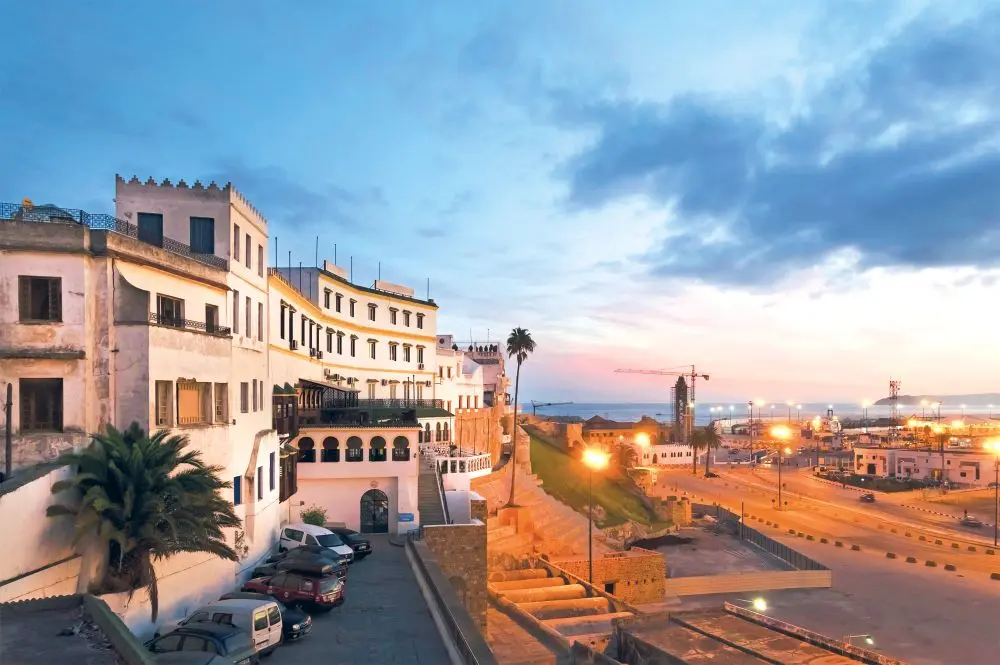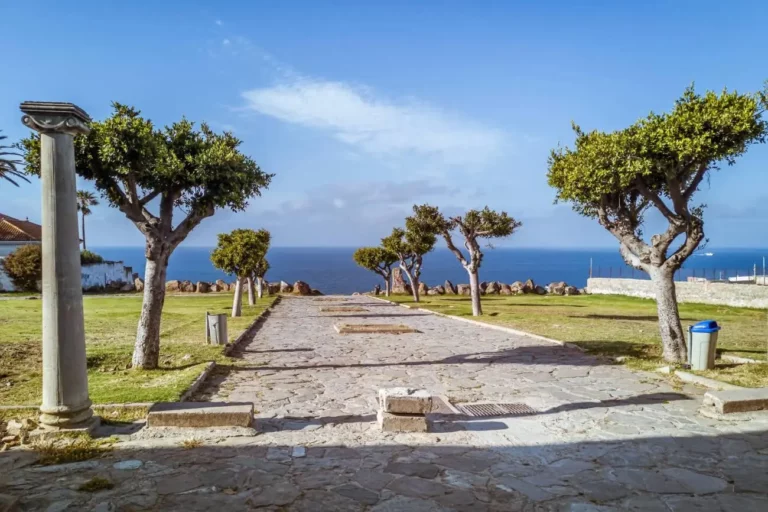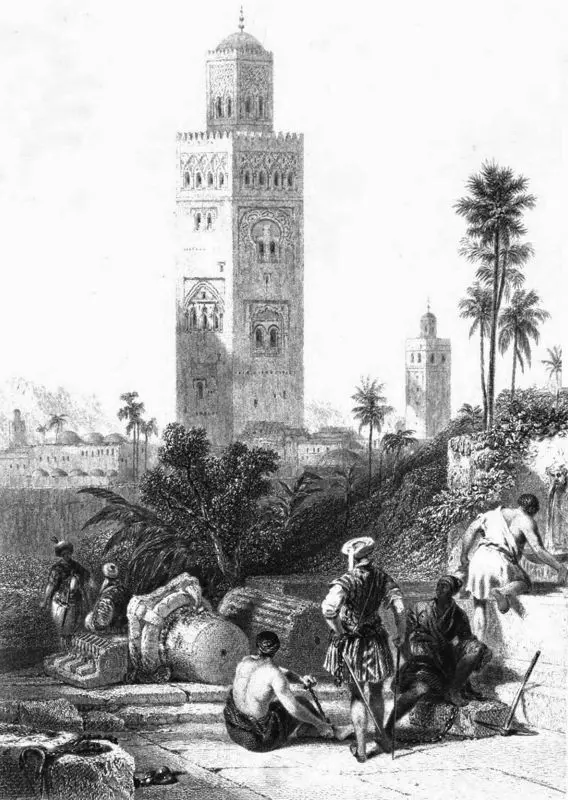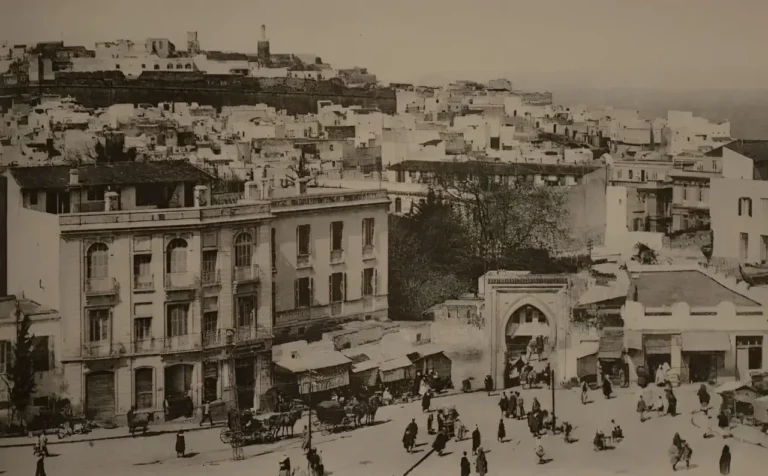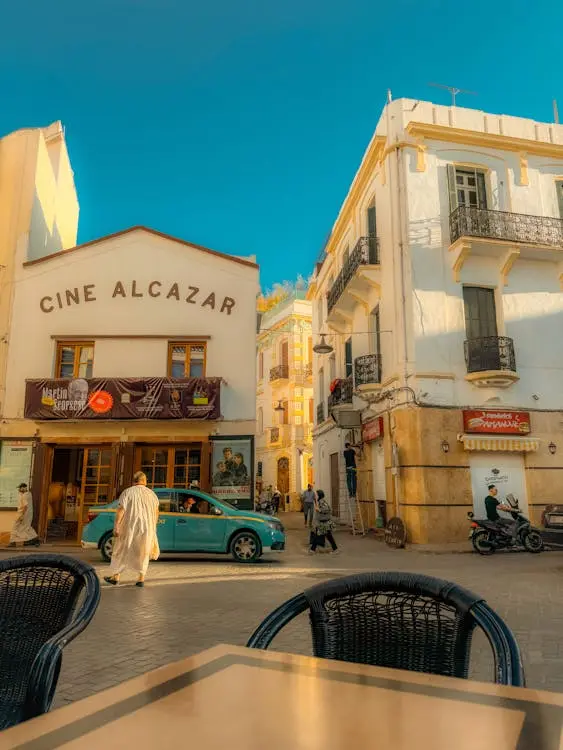The prehistory of Tangier is poorly known. This observation applies to all of North Africa. Research conducted to date shows the presence of hominins from the Late Pleistocene (Aterian). Stone industry sites have been discovered, as well as human fossils.
Around 50,000 BC, the region was home to a Neanderthal population similar to that of neighboring Europe. Remains from this period were found at Mougharet El-Aliya, 13 km southwest of Tangier. This hominin, which can be described as Aterian (the equivalent of Neanderthal man), had established an advanced social organization and manufactured tools.
Between 20,000 and 9,000 BC, the Ibero-Maurusian civilization developed, characterized by metaphysical and aesthetic thought.
During the Upper Paleolithic, which in North Africa spanned from 10,000 to 5,000 BC, the region was home to elephants, cattle, gazelles, rhinoceroses, and ostriches, among other species now found much further south. Hominins were represented by a local variant of the Cro-Magnon, Mechta El-Arbi Man. The Tangier Neolithic spanned the period from 4,000 BC to the historical era. The first traces of livestock appeared from 3,000 BC.
The Neolithic remains found in the Tangier region are mainly ceramics from the Achakar region (near Cape Spartel). These ceramics resemble certain contemporary Iberian productions, suggesting trade with the European continent at this time (around 2,000 BC).
There were also connections with other Mediterranean regions, particularly Pharaonic Egypt. These traces testify to a sedentary lifestyle linked to livestock farming and agricultural work. Other excavations have uncovered various necropolises:
– Mriess (near Gzennaïa): dating back to 2,500 BC, whose trapezoidal tombs contained bronze jewelry and spearheads, proving the existence of a local, rather than imported, Bronze Age.
– Aïn-Dahlia: dating from the Bronze Age but reused and enlarged by the Phoenicians. Jewelry, ceramics, and engraved ostrich eggs were unearthed there.
– M’zora (near Sidi El Yamani): a small megalithic funerary monument often described as a Cromlec’h but which was indeed cited by Doctor Habibi (Curator of the Archaeological Museum of Tangier) as a dolmen remains.
The original hominid population was probably made up of Mechta El-Arbi Men and Pre-Mediterranean peoples. The Berbers are thought to be their descendants. The anthropological diversity of the Berbers therefore dates back to prehistory and will only increase over time. Subsequently, there will be a regular, though small, influx of people of diverse origins: Phoenicians, Greeks, Latins, Vandals, Blacks, Arabs, etc.

